How to host a cocktail party like a pro (plus three classic cocktail recipes)
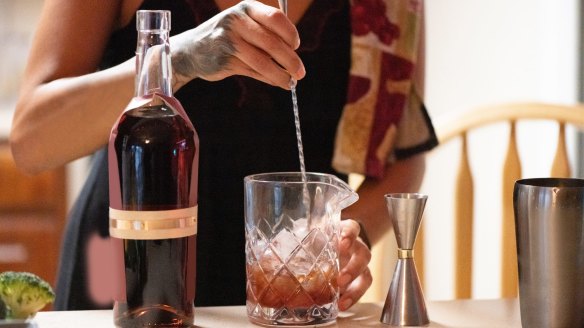
Everyone loves a cocktail party, but no one wants to be stuck making drinks for others to enjoy. An easy way to serve a crowd is punch, but you can also make large batches of single-serve cocktails, or set up interactive stations for guests to make their own drinks. Here are a few ideas and tips to make your next cocktail party more fun and less work.
Batching
Instead of making cocktails for one, scale up the recipe to the desired number of servings. This is known as batching. There are a few key things to keep in mind:
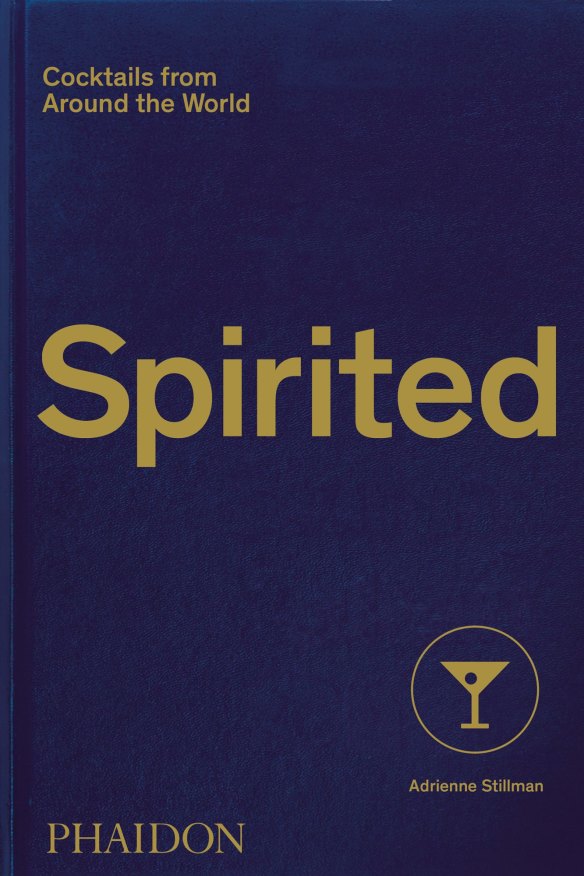
Ratios: One way to batch is to multiply the original recipe by the number of guests. As long as you preserve the ratios of ingredients, you can use any unit of measure. To batch a negroni, which calls for equal parts gin, Campari, and sweet vermouth, as long as you combine equal quantities of each ingredient, you are good to go.
Dilution: Because each drink will not be made to order, you need to add water to the batch. A good rule of thumb is to add 25 per cent water. To make martinis for 8, combine 2 cups gin and 1 cup dry vermouth. This will yield 3 cups of liquid. Then add ¾ cup water, which is 25 per cent of 3 cups. Chill until ready to serve. For stirred cocktails, you can also add large ice cubes to the batch and stir until it reaches the desired dilution. Strain out the ice and chill until ready to serve.
Bitters and strongly flavoured ingredients: In a single serving, you may want 2 dashes of Angostura bitters. But multiply by 10, and the flavour quickly gets overwhelming. The same goes for other strongly flavoured ingredients such as absinthe, maraschino, amaro, and Chartreuse. Start with half the amount of these ingredients. Just before serving, taste and add more as needed. For bitters, add all of them at the last minute.
Herbs and fresh fruit: If the recipe calls for fresh fruit or herbs, strain out the solids after batching the cocktail to avoid bitterness. Garnish with fresh fruit or herbs when ready to serve.
Serving: When ready to serve, transfer your batched cocktail to a pitcher (jug) or large bowl with a ladle. If possible, keep the pitcher or bowl on ice to maintain the drink's temperature. Although you will have to make time to refill them during the party, using smaller pitchers makes it easier to keep everything chilled.
Shaken drinks: Shaken drinks, such as the Daiquiri, do not batch well because shaking aerates the cocktail, which creates its texture and mouthfeel. If you are set on serving a shaken cocktail to a crowd, combine the ingredients in advance, but do not add water. When ready to serve, pour 120 ml into a shaker and shake as usual.
DIY cocktail bars
An interactive cocktail bar works best with simple drinks that do not require exact measurements. While this frees you from mixing drinks for each guest, it does require a good amount of space and preparation. Here are three examples. To inspire your guests, print up instructions or sample recipes to accompany the bar.
Champagne Cocktail (recipe below): Set out sugar cubes, different kinds of bitters, sparkling wines (such as brut and rosé champagne) and citrus garnishes (such as lemons, oranges and grapefruit). You can also offer berry liqueurs to make a Kir Royale.
Highball (recipe below): The highball – 60ml of spirit topped with soda – is as simple as it gets. Offer an array of spirits and sodas, alongside flavoured syrups, vermouth, fortified wines, and amari. Consider Fruit Shrubs to accommodate non-drinkers. Do not forget fun fruit and herb garnishes.
Old Fashioned (recipe below): An option best reserved for smaller groups of responsible imbibers; overconsumption can quickly result from free pours. Offer aged spirits (bourbon, scotch, rum, tequila, cognac) along with bitters, citrus twists, and sweetening agents, such as rich simple syrup, demerara syrup, honey syrup, maple syrup, and agave syrup.
Practical considerations
Ice: If serving drinks on the rocks, start making large ice cubes – 4-5cm – in advance so that you have enough on hand. Once frozen, store in a resealable bag to keep it from absorbing freezer flavours.
Juices and garnishes: Lemon and lime juice in particular oxidise quickly. Juice them on the same day as your party. Likewise, citrus and other fruit garnishes should be cut at the last minute. For herbs, cut off the ends of the stems and put them in water, as you would flowers. Chill until ready to use.
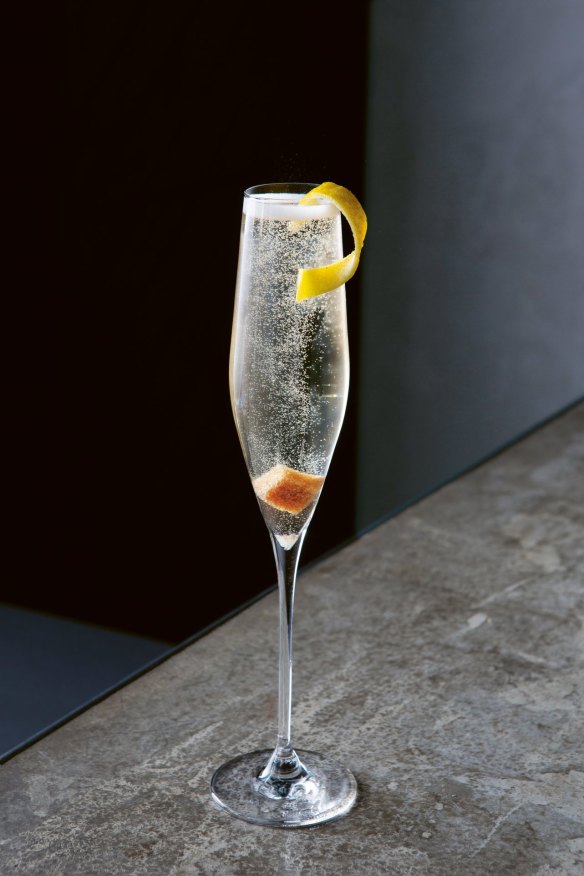
Champagne Cocktail recipe
San Francisco, CA, US, Pre-Prohibition
A refined aperitif cocktail that dates to at least the 1850s and never goes out of style. Some recipes call for a splash of cognac as well.
INGREDIENTS
- 1 white sugar cube
- 3 dashes Angostura bitters
- 150ml brut-style
- champagne or dry sparkling wine
- lemon twist, to garnish
METHOD
- Place the sugar cube in a flute and saturate with Angostura bitters. Slowly top with brut-style champagne or dry sparkling wine. The sugar will cause the wine to fizz more than usual, so pour slowly. Garnish with a lemon twist.
Variations:
- Add 15-30ml cognac or other aged brandy on top of the sugar cube and reduce the amount of champagne accordingly.
- Try it with other types of bitters and citrus garnishes.
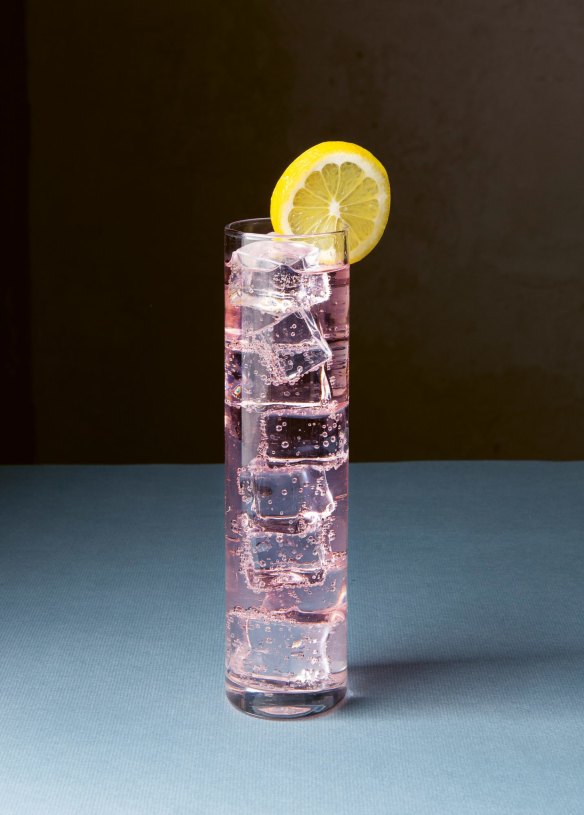
Highball recipe
Pre-Prohibition
In The Fine Art of Mixing Drinks, David Embury defines a highball as "any tall iced drink ... consisting of a base liquid (alcoholic or non-alcoholic) in combination with a carbonated beverage." So-called "auxiliary colouring and flavouring agents" are allowed, but lemon and lime juice are emphatically not, as that strays into the land of Bucks, Collins, and Rickeys. Any base spirit – from vodka to brandy to whiskey – and any soda – from club soda to ginger ale to cola – may be used.
INGREDIENTS
- 60ml spirit of choice
- 120ml carbonated soda
- lemon or lime wheel, to garnish
METHOD
- Add the spirit to a Collins or highball glass filled with ice. Top up with soda and stir to combine. Garnish with a lemon or lime wheel depending on ingredients.
Variations:
- For a low-alcohol version, use still wine, vermouth or other fortified wine such as Lillet, Byrrh, or Dubonnet as the base.
- For a no-alcohol version, substitute 60ml grenadine (p. 26), berry syrup or herb syrup for the base spirit.
- Or add 7ml of syrup in addition to the base spirit.
- Add a few dashes of bitters.
- Add a few dashes or up to 15ml flavoured liqueur or such as Cointreau, maraschino, amaretto, or Velvet Falernum.
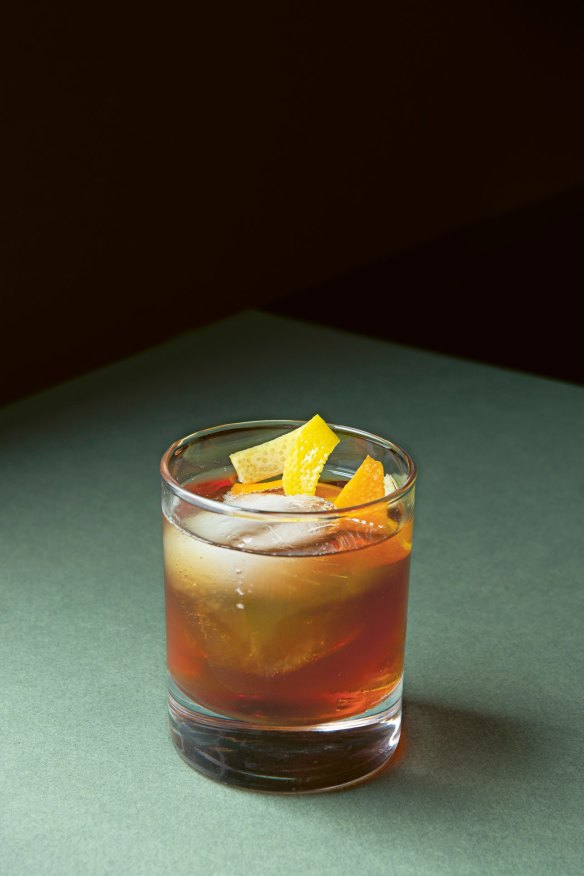
Old Fashioned recipe
Midwest, US, Pre-Prohibition
"A stimulating liquor composed of spirits of any kind, sugar, water, and bitters." This is both the earliest written reference to the word "cocktail" in 1806, and a definition of the Old Fashioned. In fact, "old-fashioned" used to be an adjective describing an entire class of cocktails that followed this simple combination with all sorts of spirits including genever and brandy. Theories as to the origins of the Old Fashioned abound, but according to cocktail writer Robert Simonson, author of a book on the topic, it most likely originated near Chicago, close to America's bourbon country.
INGREDIENTS
- 60ml bourbon or rye
- 7ml rich simple syrup
- 2-3 dashes Angostura bitters
- Lemon and orange twists, to garnish
METHOD
- Combine all the ingredients in a rocks glass. Add one large ice cube and stir for 10 seconds. Garnish with lemon and orange twists.
Variations:
- Use any other whiskey or aged spirit, such as rum, brandy, apple brandy, or genever instead of bourbon. You can also split the base and use 30ml each of different spirits.
- Instead of simple syrup, use a white sugar cube, saturate it with the bitters, and muddle before adding the whiskey and ice. In place of a sugar cube, you can also use demerara syrup, honey syrup, gomme syrup, or maple syrup.
- Add ½-1½ tsp amaro or your liqueur of choice.
- Use orange, allspice (pimento), or any other complementary flavoured bitters, such as fig, chocolate, or even lemon.
Rich Simple Syrup: Dissolve 2 cups sugar in 1 cup water.
This is an edited extract from Spirited: Cocktails from Around the World by Adrienne Stillman, published by Phaidon, RRP $69.95. Buy now